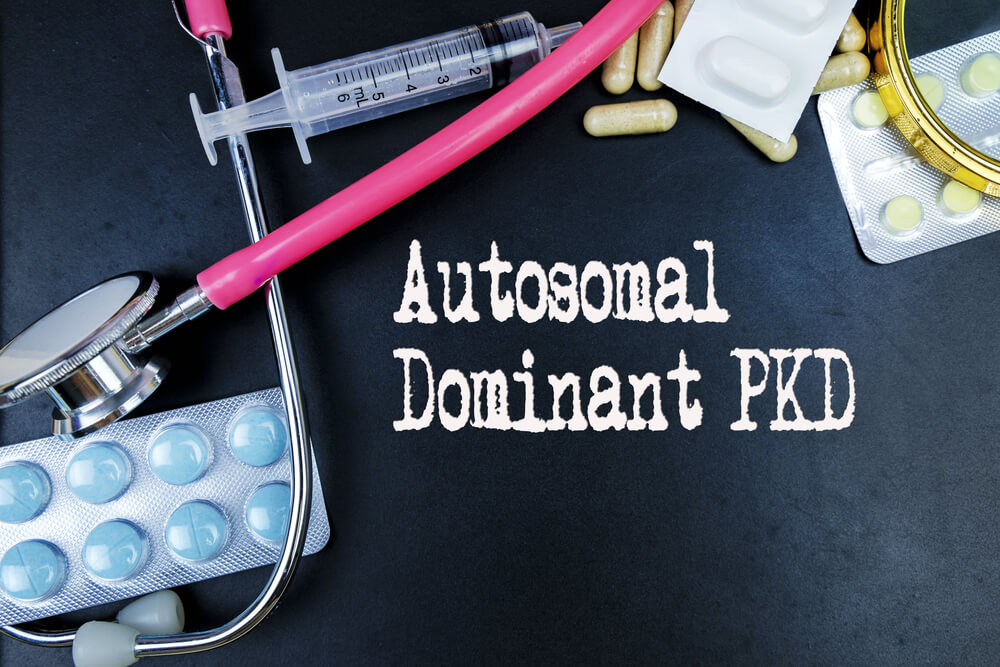DIAGNOSIS
For polycystic kidney disease, some tests can distinguish the size and number of kidney cysts that you have and assess the function of the kidneys. These tests may include the following:
Ultrasound
During a ultrasound, a wandlike gadget called a transducer is set on your body. It produces sound waves that are reflected back to the transducer, like sonar. A computer deciphers the reflected sound waves into views of your kidneys.
CT scan
As you lie on a table, you’re guided into a space that focuses x-rays through your body. Your physician can see cross-sectional views of your kidneys.
MRI scan
As you lie inside an enormous chamber, magnetic fields and radio waves produce cross-sectional images of your kidneys.
TREATMENT
Treating polycystic kidney disease includes managing the accompanying signs, manifestations and complications that may include the following:
Hypertension
Controlling hypertension can preserve the function of the kidneys. Consuming a low-sodium, low-fat diet that is moderate in protein and calorie content, not smoking, exercising, and diminishing stress may help control hypertension. Hypertension can also be controlled by medicines such as angiotensin-converting enzyme inhibitors or angiotensin II receptor blockers.
Pain
Pain can be relieved with over-the-counter drugs containing acetaminophen. For certain individuals, the pain may be increasingly extreme and consistent. In rare cases, your physician may suggest surgery to remove kidney cysts if they cause pain and pressure.
Bladder or kidney infections
Treatment of infections with antibiotics is important to prevent kidney harm.


